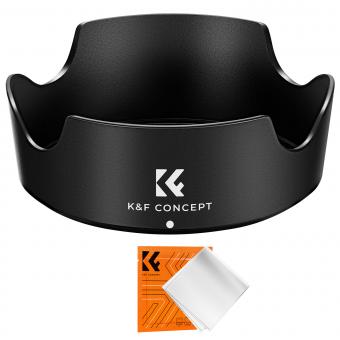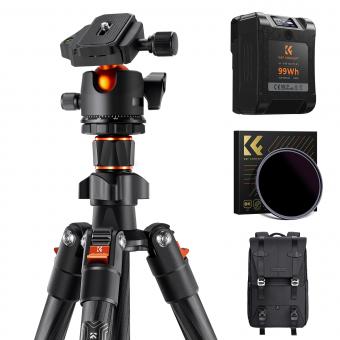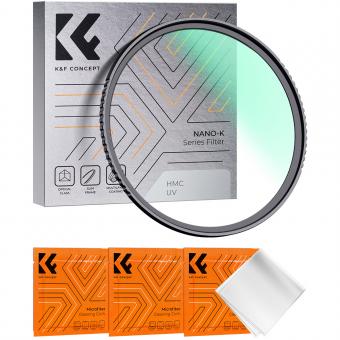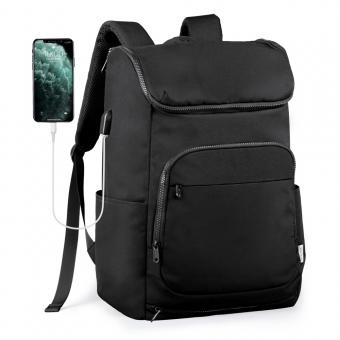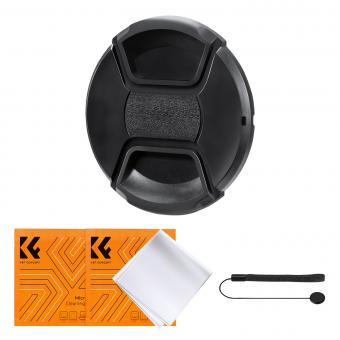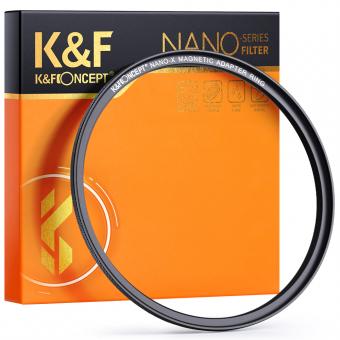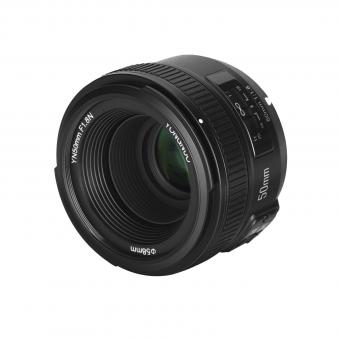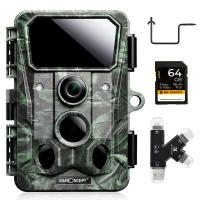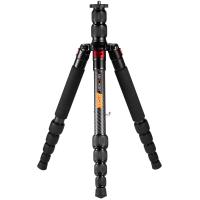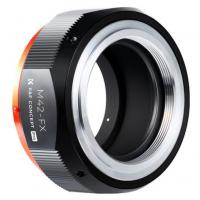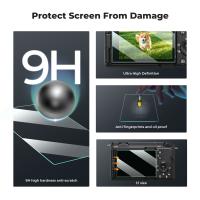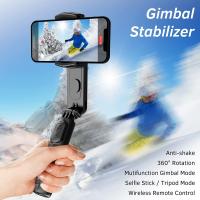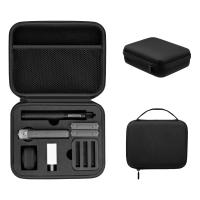What Size Filter Fits A 18 55mm Lens?
When it comes to photography, understanding the various components and accessories that complement your camera gear is crucial. One such accessory is the lens filter, which can significantly enhance the quality of your photos. If you own an 18-55mm lens, you might be wondering what size filter fits this particular lens. This article will delve into the specifics of lens filters, their importance, and how to determine the correct size for your 18-55mm lens.
Understanding Lens Filters
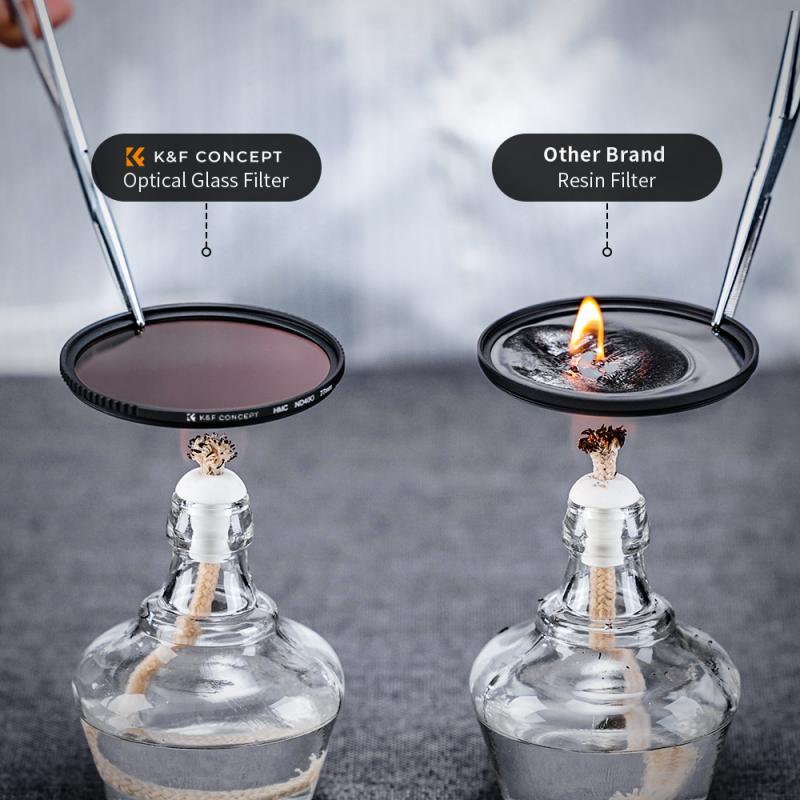
Lens filters are transparent or translucent glass or gelatin elements that attach to the front of a camera lens. They serve various purposes, such as protecting the lens, enhancing colors, reducing reflections, and controlling exposure. There are several types of lens filters, including UV filters, polarizing filters, neutral density (ND) filters, and color filters. Each type serves a unique function and can be used in different shooting scenarios to achieve desired effects.
Importance of Using Lens Filters

1. Protection: A UV filter can protect your lens from dust, scratches, and accidental drops. It acts as a shield, ensuring that the front element of your lens remains in pristine condition.
2. Enhanced Image Quality: Polarizing filters can reduce glare and reflections from non-metallic surfaces like water and glass, resulting in clearer and more vibrant images. ND filters allow you to control the amount of light entering the lens, enabling longer exposure times and creative effects like motion blur.
3. Color Correction: Color filters can adjust the color balance of your images, making them more accurate and visually appealing. They are particularly useful in film photography and certain digital photography scenarios.
Determining the Correct Filter Size for an 18-55mm Lens
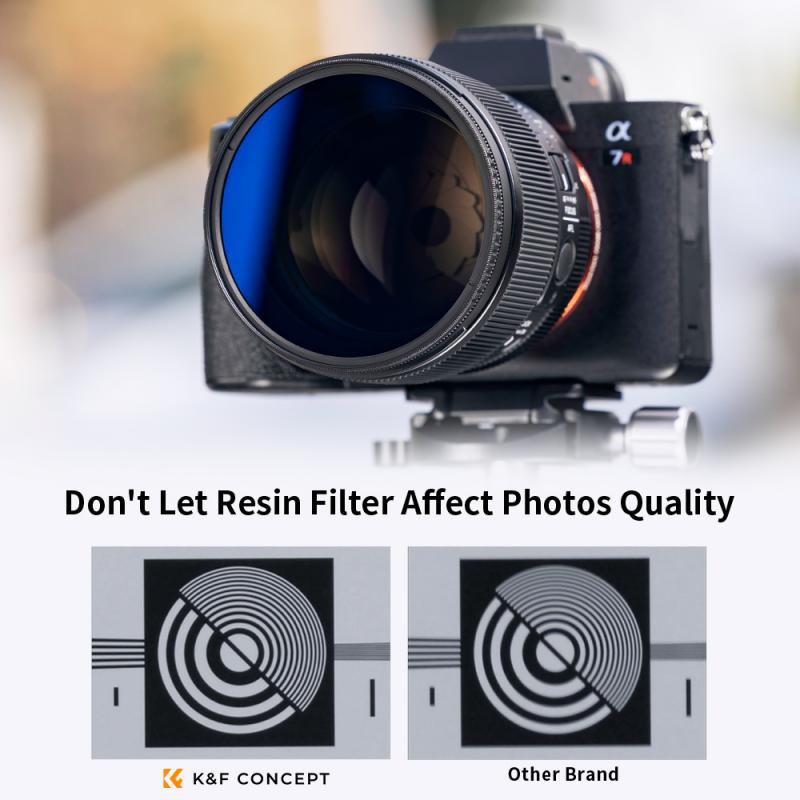
The filter size for a lens is determined by the diameter of the front element of the lens. This measurement is usually indicated on the lens itself, often marked with a "Ø" symbol followed by a number. For an 18-55mm lens, the filter size is typically 58mm. However, it's essential to verify this by checking the specifications of your specific lens model, as there can be variations.
Steps to Find the Filter Size
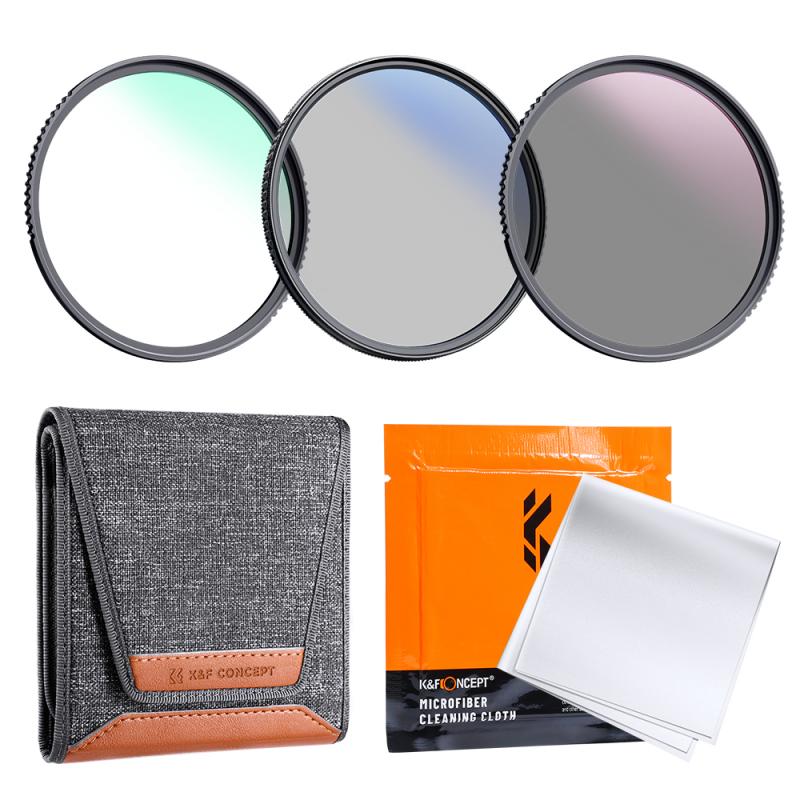
1. Check the Lens Barrel: Look for the "Ø" symbol followed by a number on the front or side of the lens barrel. This number represents the diameter of the lens in millimeters and indicates the filter size you need.
2. Consult the Lens Manual: The user manual that comes with your lens will also provide information about the filter size. This is a reliable source to confirm the correct size.
3. Manufacturer's Website: If you no longer have the manual, you can visit the manufacturer's website and look up the specifications for your lens model. This information is usually readily available in the product description or specifications section.
Popular Filter Types for an 18-55mm Lens
1. UV Filters: These are the most common filters used for lens protection. They block ultraviolet light, which can cause haziness and reduce contrast in your photos. A UV filter is a must-have for any photographer, as it provides an additional layer of protection for your lens.
2. Polarizing Filters: These filters are excellent for reducing reflections and glare from surfaces like water and glass. They also enhance the colors in your photos, making skies appear bluer and foliage greener. Polarizing filters are particularly useful for landscape photography.
3. Neutral Density (ND) Filters: ND filters reduce the amount of light entering the lens without affecting the color of the image. They are ideal for long exposure photography, allowing you to capture motion blur in waterfalls, rivers, and clouds. ND filters come in various strengths, measured in stops, indicating the level of light reduction.
4. Graduated ND Filters: These filters are similar to ND filters but have a gradient, with one half being darker than the other. They are useful for balancing the exposure in scenes with a significant difference in brightness between the sky and the foreground.
5. Close-Up Filters: Also known as diopters, these filters act like magnifying glasses, allowing you to focus closer to your subject. They are a cost-effective alternative to macro lenses and are great for capturing detailed close-up shots.
Tips for Using Lens Filters
1. Stacking Filters: While it is possible to stack multiple filters on your lens, be cautious as this can lead to vignetting (darkening of the corners of the image) and reduced image quality. It's best to use a single filter or invest in a high-quality filter system designed for stacking.
2. Cleaning and Maintenance: Keep your filters clean to ensure optimal image quality. Use a microfiber cloth and lens cleaning solution to remove smudges and fingerprints. Store your filters in a protective case when not in use to prevent scratches and damage.
3. Choosing Quality Filters: Invest in high-quality filters from reputable brands. Cheap filters can degrade image quality, introducing unwanted artifacts and reducing sharpness. Brands like B+W, Hoya, and Tiffen are known for their high-quality filters.
In conclusion, the correct filter size for an 18-55mm lens is typically 58mm, but it's always best to verify this by checking your lens specifications. Using lens filters can significantly enhance your photography by protecting your lens, improving image quality, and allowing for creative effects. Whether you're a beginner or an experienced photographer, understanding and utilizing lens filters can take your photography to the next level. Invest in high-quality filters, maintain them properly, and experiment with different types to discover the full potential of your 18-55mm lens.


